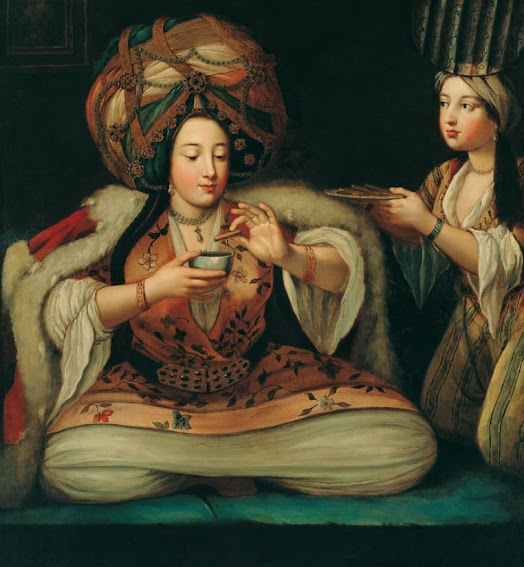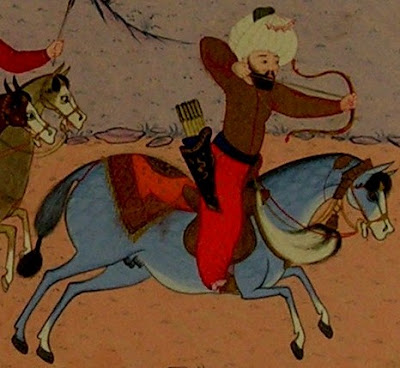Turkish Coffee
In the last 12 month I did less Flight archery but concentrated more on Horses and Turkish war archery so I will not write so much about Flight archery anymore. Since this is my only English blog I will re-purpose it for Turkish war archery, Turkish horsemanship and also Turkish culture.
This post is about Turkish coffee, no other drink is so deeply rooted in Turkish culture.
Turkish coffee usually goes together with nice conversations and relaxation time.
The Turkish way of making coffee became quite popular and is still used in many ex-Ottoman empire regions, from the Balkans, Greece. and also nations who traded with the Ottomans e.g. Poland.
After the unsuccessful siege of Vienna, the first coffee houses opened in the city and coffee spread from there to the whole of Europe.
Even if the making and drinking does not have rigid steps as in the Japanese tea drinking ceremony for example, there is still some rules and traditions to consider.
How to make Turkish coffee
First of all you need the coffee. Turkish coffee is ground very finely. There is different brands today, a famous one is Mehmet Efendi's:

Depending on your taste, there is 3 versions:
- Without sugar
- With 1 sugar cube (orta şekerli), most people drink this
- With 2 sugar cubes
For the brewing you need a container called 'cezve'. It always has a broader bottom and a narrower top. There is different sizes of cezves, choose the cezve according to how many cups you want to make in one go.

The cups called 'fincan' are similar to espresso cups, maybe slightly smaller. Sugar cubes create more foam than normal sugar, so use cube sugar.
Let's say you want to make 2 cups of the Orta Şekerli taste:
- Put 2 sugar cubes into the cezve
- Put two heaped tea spoons of coffee into the cezve
- Add 2 coffee cups of cold water into the cezve
- Stir
- Put the cezve on the fire with the lowest level. The slower it cooks the more flavour is released.
- After maybe about 2-3 mins the coffee will start to expand before it boils
- After the first boiling serve half of the first cup and half of the second, make sure each cup gets an equal amount of foam. The foam is the most important part here. There is different ways to preserve the foam. You can use a spoon to allocate evenly directly from the cezve or experienced people pour it directly equally to all cups. If you boil too much the foam will disappear. If there is no foam then you basically screwed it, and you have to start over again :)
How to drink Turkish coffee
- You drink Turkish coffee very hot and take only a small sip
- If you wait too long, the foam may disappear
- Turkish coffee can be drunk at any time, but it is especially custom to drink it after a meal or if you have guests.
- It is usually drunk on its own to experience its full flavour. Or if there is cake, food etc Turkish coffee is drunk at the end of everything.
- A cup of water is always served with the coffee
- A funny mistake foreigners do is to drink the telve at the bottom of the cup- so please leave the bottom!
- You may want to try your skills in coffee cup reading as well. Put the plate on the coffee, turn it, put your wedding ring on it to make it cool faster, circle the cup 3 times and wait for it to cool down..

Also...
- When serving you start with the eldest person in the room, then the second eldest etc.
- The cup with the most foam is given to the eldest, then the second eldest etc.
- When you let people wait on their coffee they may say 'Did you bring it from Yemen?'
- The saying is 'one cup of coffee is worth 40 years of gratitude'
- 'Kahvealtı' which is the Turkish word for breakfast actually means 'between coffee'.






